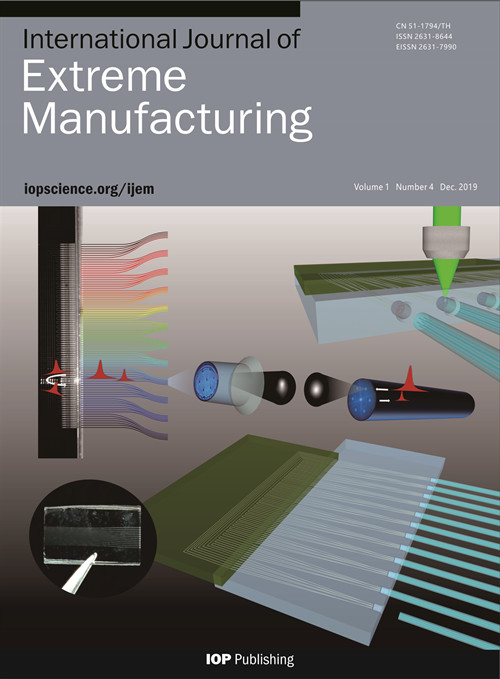Due to its physical properties and availability, glass is a highly appealing material for a variety of optical and technological systems. However, in order to realize complex glass geometries orhermetically sealed enclosures, applicable joining technologies are required. For the production of high performance parts, classical joining technologies, introducing additional material within the joint area, are not ideal since the joint affects the local physical properties. Alternatives require high processing time and a global thermal cycling of the material itself. Within the present paper, we provide an overview on the current state of research of ultra-short pulsed (USP) laser-based joining of glass, a joining technology both eliminating the need for additional material and long processing times with a global thermal cycling of the part. The joints are typically formed in glass that is transparent to the laser by exploiting nonlinear absorption effects that occur under extreme conditions. Though the temperature reached during the process is on the order of a few 1000 °C, the heat affected zone (HAZ) is confined to only tens of micrometers. It is this controlled confinement of the HAZ during the joining process that makes this technology so appealing to a multitude of applications because it allows the foregoing of a subsequent tempering step that is typically essential in other glass joining techniques, thus making it possible to effectively join highly heat sensitive components.







 Prof. Dr.-Ing. Michael Schmidt holds the chair of the Institute of Photonic Technologies since its founding in 2009 at Friedrich-Alexander-Universität Erlangen-Nürnberg (FAU). He received his doctoral degree on the topic “Process control of laser spot welding in electronics production” in 2002. Following his engagement in its executive board, he leads the Bayerisches Laserzentrum GmbH (blz GmbH) as managing director since January 2005. Starting from 2013, he is the coordinator of the Erlangen School in Advanced Optical Technologies (SAOT). Until 2018, he built up a laboratory for Additive Manufacturing with Kazan University (KAI) with the Mega Grant he received in 2014. Within the German research community, he is involved as the president of Wissenschaftliche Gesellschaft Lasertechnik e.V. (WLT), promoting the scientific and professional interests of laser technology. In addition to that, he is involved in several other national and international research groups and committees. His current research interests include laser application from micro- to macroscopic scale within the fields of industrial manufacturing, additive manufacturing and medical engineering.
Prof. Dr.-Ing. Michael Schmidt holds the chair of the Institute of Photonic Technologies since its founding in 2009 at Friedrich-Alexander-Universität Erlangen-Nürnberg (FAU). He received his doctoral degree on the topic “Process control of laser spot welding in electronics production” in 2002. Following his engagement in its executive board, he leads the Bayerisches Laserzentrum GmbH (blz GmbH) as managing director since January 2005. Starting from 2013, he is the coordinator of the Erlangen School in Advanced Optical Technologies (SAOT). Until 2018, he built up a laboratory for Additive Manufacturing with Kazan University (KAI) with the Mega Grant he received in 2014. Within the German research community, he is involved as the president of Wissenschaftliche Gesellschaft Lasertechnik e.V. (WLT), promoting the scientific and professional interests of laser technology. In addition to that, he is involved in several other national and international research groups and committees. His current research interests include laser application from micro- to macroscopic scale within the fields of industrial manufacturing, additive manufacturing and medical engineering.145f9e37-2df1-4bfa-aca2-c3b735db256c.png)



 DownLoad:
DownLoad:
a69d66d0-251c-4ea7-b6b6-f972d17025d9.png)